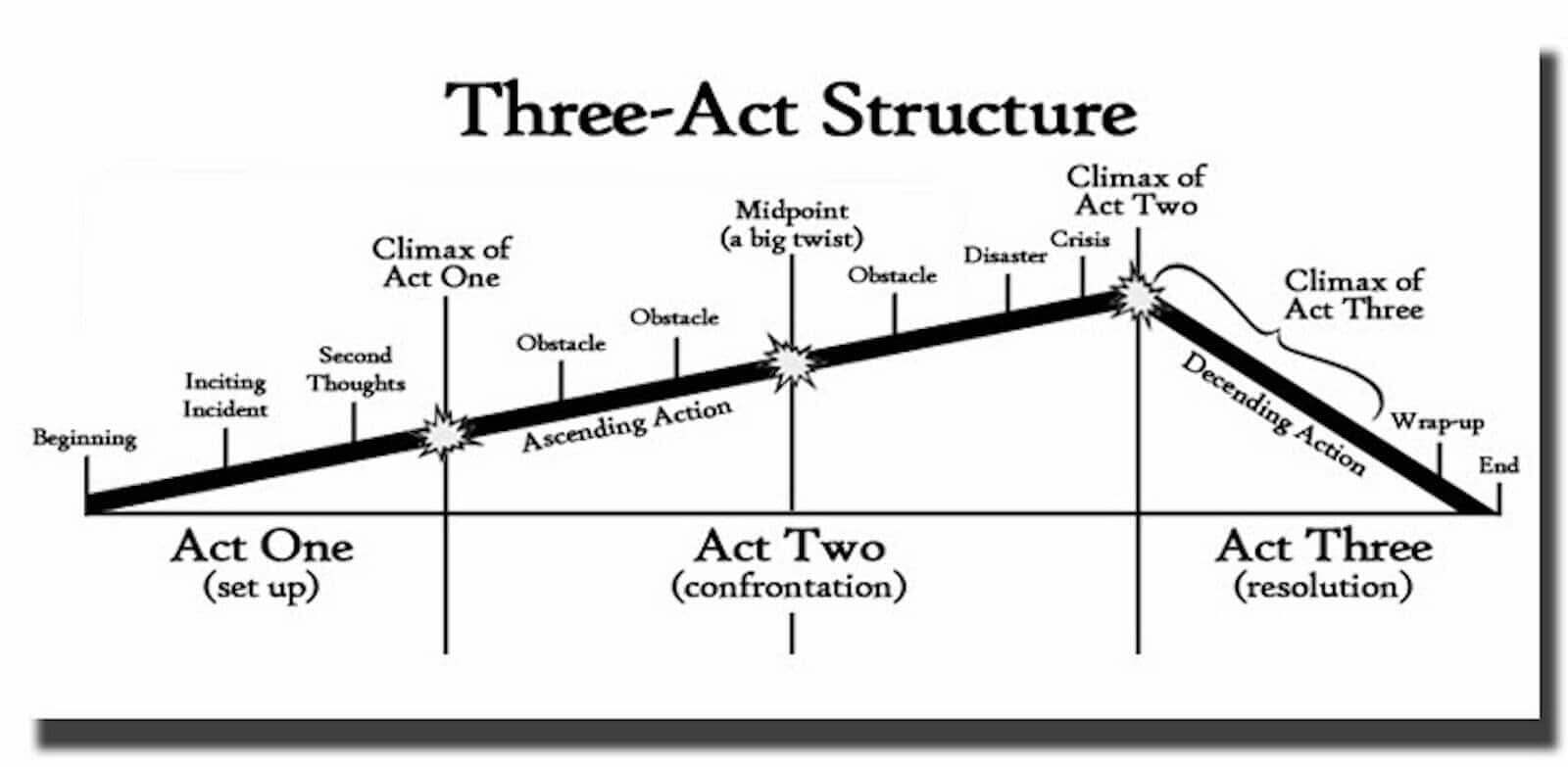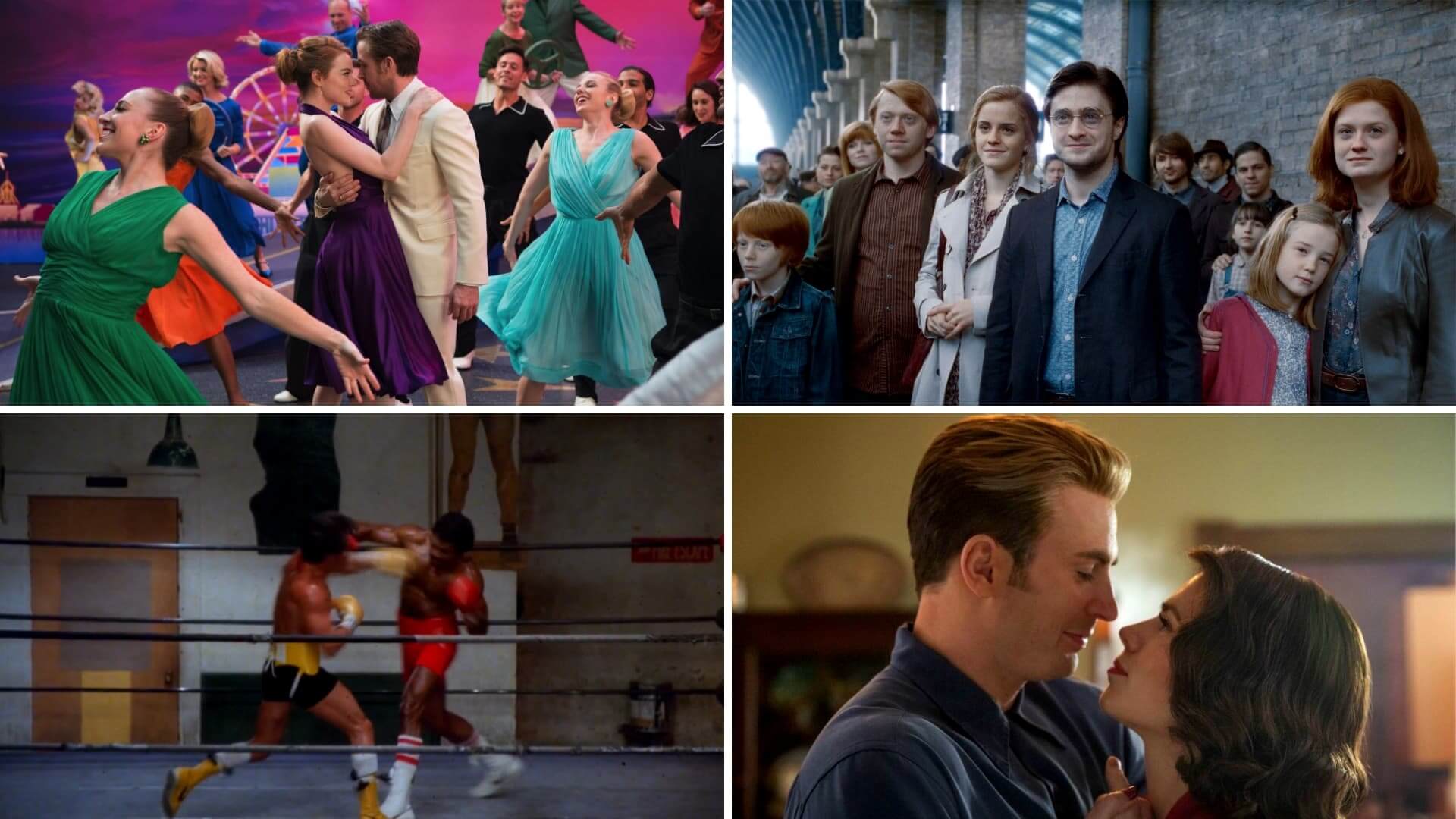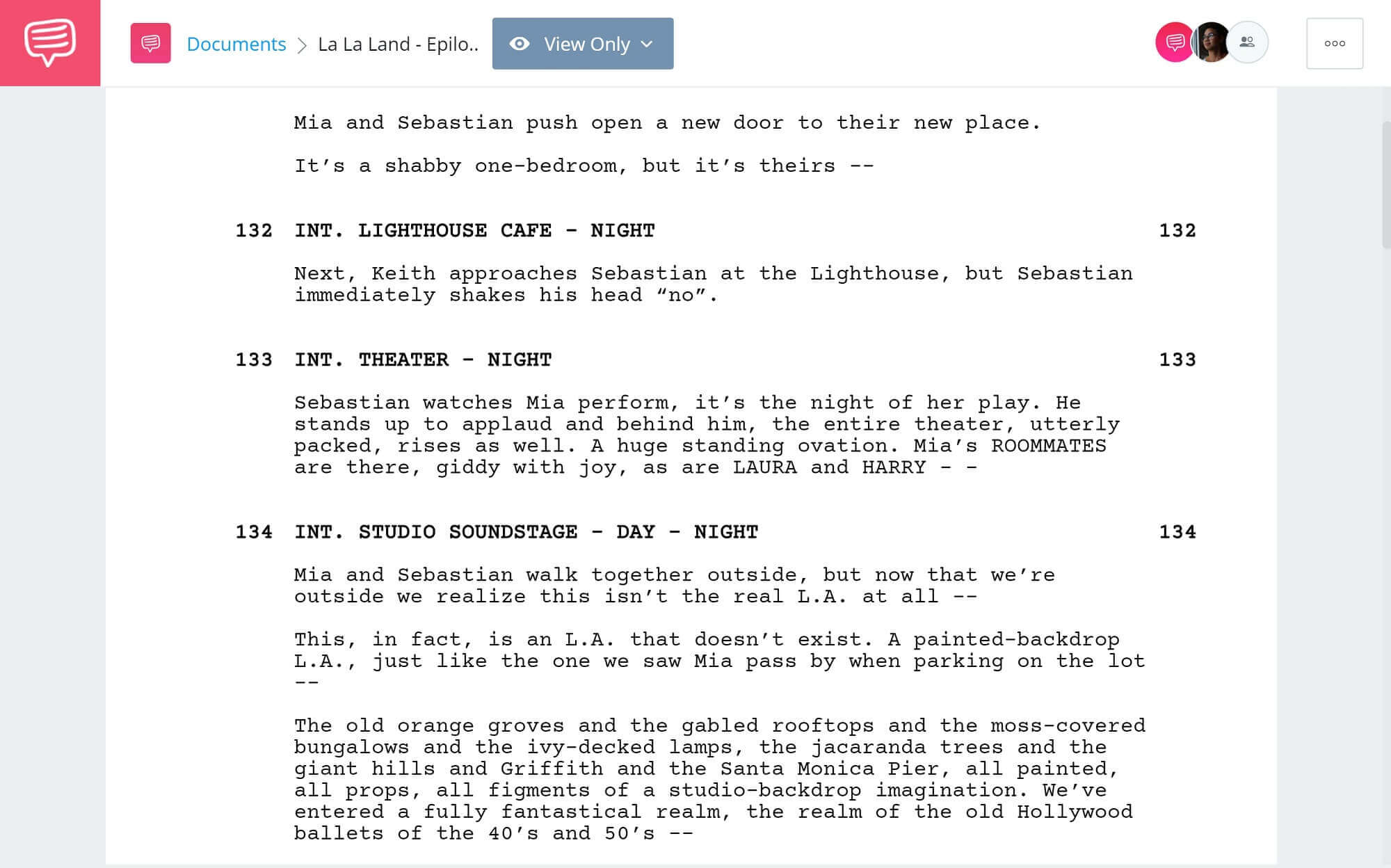What is an epilogue? It’s a term that we hear often but we don’t see it in every story. So why are epilogues so commonly referred to when they aren’t always used? We’re going to get to the bottom of that question with examples from Harry Potter, Star Wars, and more. By the end, you’ll know how to recognize epilogues, and how to implement them in your own stories. But before we get into our epilogue examples in literature and film, let’s define epilogue.
Whats an Epilogue Used For?
First, let’s define epilogue
Let’s start with the most important thing there is to know about epilogues; which is: epilogues are not an essential aspect of storytelling. Most stories don’t need an epilogue — and most writers would argue that epilogues should only be used when they are absolutely needed.
Now that we’ve reviewed the major tenets, let’s jump into a formal epilogue definition.EPILOGUE DEFINITION
What is an epilogue?
An epilogue is a scene that takes place after the climax of a story. It serves as a conclusion to the story’s events and shows us “what becomes” of its major characters. They are meant to give clarity to the narrative — not to resolve themes. Many franchises, such as Harry Potter and The Avengers, use epilogues to offer resolution and foreshadow future events.
Characteristics of an Epilogue:
- Non-essential
- Resolves narrative loose-ends, not themes
- Takes place chronologically after the main story
EPILOGUE MEANING
What does an epilogue mean?
What does epilogue mean in a book and where did its name come from? The term epilogue derives from the Greek “epílogos” which translates to “conclusion.” How to pronounce epilogue: ep-E-log.
To better understand the epilogue meaning, let’s break down the structure of a story’s ending. For the sake of time, we’re only going to focus on the third act of the three-act structure.

What is an Epilogue • Three Act Structure
So where does the third-act, or resolution-act begin? Well, it starts with the climax. But what is the climax? The climax is where a story’s major conflict comes to a head, and it’s when the narrative tension is at its highest. Let’s take a look at the fight-scene from Mission: Impossible - Fallout to see what a climax should look like. Spoilers beware:
Mission: Impossible - Fallout • Climax
The climax serves to resolve the major conflict of the story; in the case of Mission: Impossible - Fallout, that conflict is between Walker (Henry Cavill) and Ethan (Tom Cruise). The conflict is resolved when Ethan releases the grappling hook on Walker, which causes him to fall to his death.
But conflict resolution is just one part of a narrative’s conclusion. For a story to be resolved, all narrative threads have to be tied up. Enter epilogue: a scene that takes place after the climax, which serves to resolve the outstanding narrative threads. Let’s take a look at how the epilogue achieves this goal in Mission: Impossible - Fallout.
Epilogue Examples in Film • Mission: Impossible - Fallout
The epilogue should always be short and sweet and it shouldn’t try to make a grand statement about the themes of the story — that’s the role of the denouement. Just remember, denouement is an essential aspect of storytelling while the epilogue is not.
What is an Epilogue in Cinema?
Epilogue examples in movies
One of the best epilogues in recent years took place in Damien Chazelle’s Academy Award-winning La La Land. We imported the La La Land screenplay PDF into StudioBinder’s screenwriting software to take a closer look at what makes the La La Land epilogue so good.
As you read, consider the essential aspects of an epilogue, and how this example from La La Land is somewhat antithetical to the norm.
Epilogue Examples • Read the La La Land Screenplay
This entire sequence takes place “outside of reality” but it serves as the story’s epilogue. Why? Because it seals the characters' fates. By showing us what could have been, the reality of the situation is reinforced. It’s not a “storybook ending” but it makes sense within context.
Now let’s take a look at the scene from the film. Pay attention to how Chazelle cuts from the fantasy ending to the present in order to resolve a major theme of the story.
Story, Character and Theme Resolution in La La Land
The moment that Sebastian (Ryan Gosling) and Mia (Emma Stone) lock eyes brings us back to reality and serves as the denouement; aka the moment where we understand that although they didn’t end up together, they helped each other grow. It’s a bit tricky to differentiate between epilogue and denouement, so here’s a helpful guide:
What is an epilogue?
- Resolve narrative threads
- Take place in another time
- Commonly the length of a scene
What is denouement?
- Resolves themes
- Usually take place in present timeline
- Only a short moment
Writing Strategies
How do you write an epilogue?
Where is the epilogue in a book? There are cases when they justifiably add resolution and clarity to a story’s ending. This next video explores the questions you should ask before writing an epilogue in further detail.
How to Write an Epilogue
What does epilogue mean at the end of a book? They are used in literature to “follow-up” with characters after the end of the main story. Although less common in practice now, epilogues were used fairly commonly in literature around the world through the 20th century — like in Herman Melville’s Moby Dick, Fyodor Dostoyevsky’s Crime and Punishment and George Orwell’s Animal Farm.
Long before that, epilogues were used in theater to tell the audience the play had ended. Take Shakespeare’s As You Like It for example: at the end of the play, the character Rosalind speaks directly to the audience and remarks on the play’s outcome.
Writing Tips
What makes a good epilogue
A lot of writers will say that epilogues should only be used as a last resort — which is a notion I largely agree with. Think about it this way: after the climax, the story is pretty much over; or at least it should be. The only reason for more content is simply to give the story and its characters resolution.
So with that little bit of time between the climax and the story’s end, you have to be very careful with what you say and how it’s framed. Let’s look at a couple examples of popular endings to see what made them successful. Again, spoilers beware:
Harry Potter and the Deathly Hallows
The epilogue in Harry Potter and the Deathly Hallows works really well for a couple reasons. First, it takes place in the distant future. Epilogues are meant to give distance between the events of the plot and the fate of its characters. As such, it makes sense to separate the two by a gap in time. Secondly, it gives resolution to its three main characters (Harry, Ron and Hermione) who we followed over the course of eight films.
The epilogue in the original Star Wars is regarded as one of the best examples of all-time.
Star Wars
At just two minutes, the scene is brief and to the point. It doesn’t set out to resolve complex themes or change the meaning of the story — it serves only to show what happens to the characters. Although it doesn’t take place too far into the “future,” it’s far enough removed from the main plot to work.
Many film critics regard the ending of The Third Man as not only a great epilogue, but one of the greatest movie endings of all-time.
The Third Man
One reason why the ending is so successful is that the denouement is expertly intertwined into it. Without needing to know anything about the story, we can see the differences between the epilogue and denouement.
The epilogue is when the woman walks towards the camera. Why? Because it takes place after the climax, and answers the question: what is the fate of our main characters? The denouement occurs when the woman walks past the man. Why? Because it resolves their relationship and a major theme of the story.
So, what is an epilogue? I think we can confidently say it’s a non-essential part of a story that gives resolution to characters or plot. By understanding how they are used by some of the world’s greatest writers, we’re better prepared to execute story endings of our own.UP NEXT
What is a prologue?
Now that we’ve reviewed everything that makes an epilogue, let’s do the same with prologues. In this next article, we break down what a prologue is and how it’s used by writers and filmmakers; with examples from Indiana Jones, The Dark Knight and Reservoir Dogs. By the end, you’ll know how a prologue can aid a story’s beginning and end.

